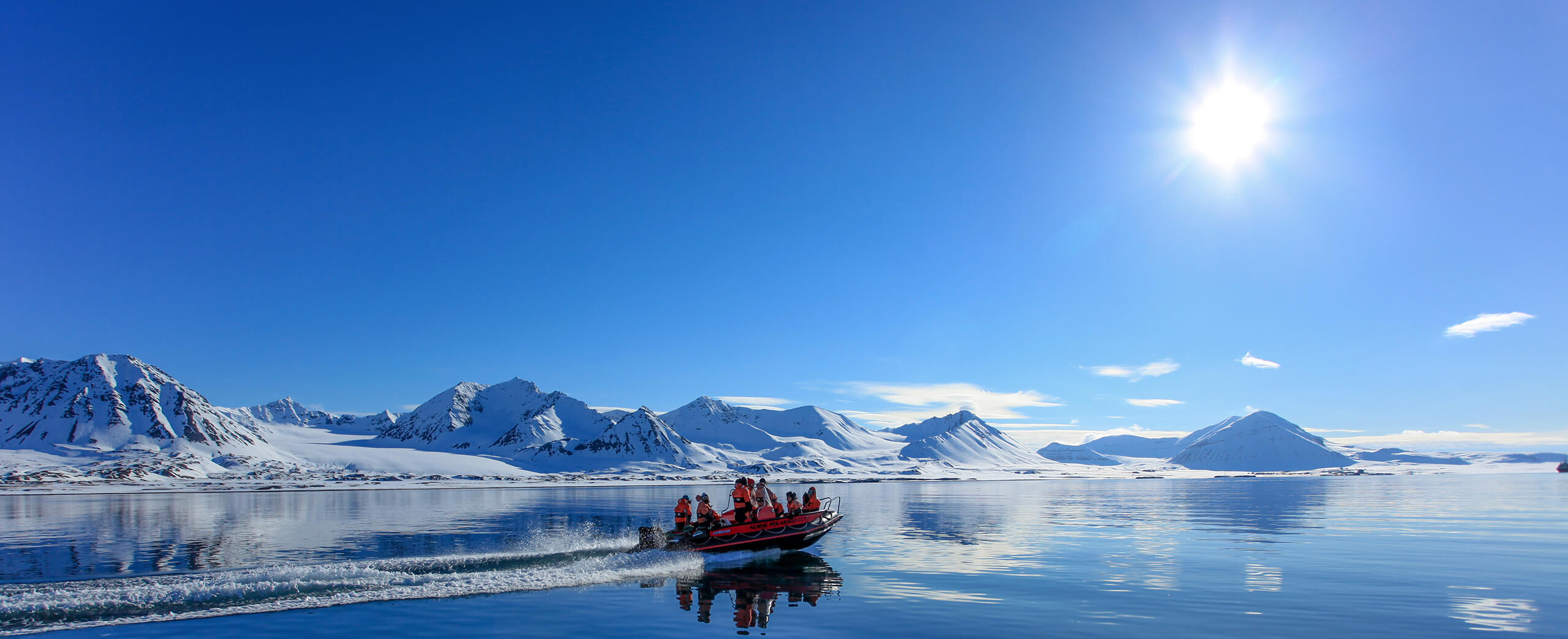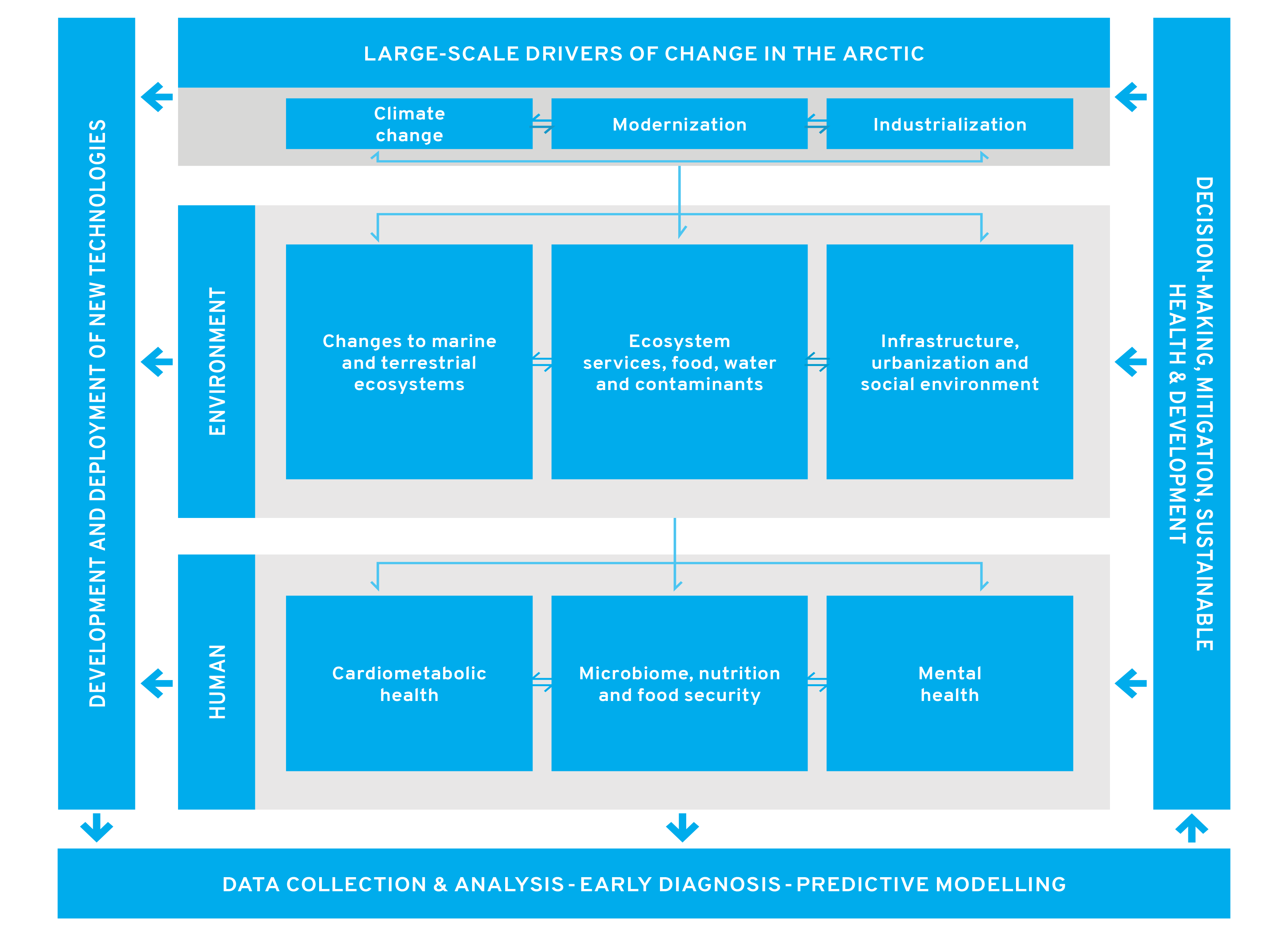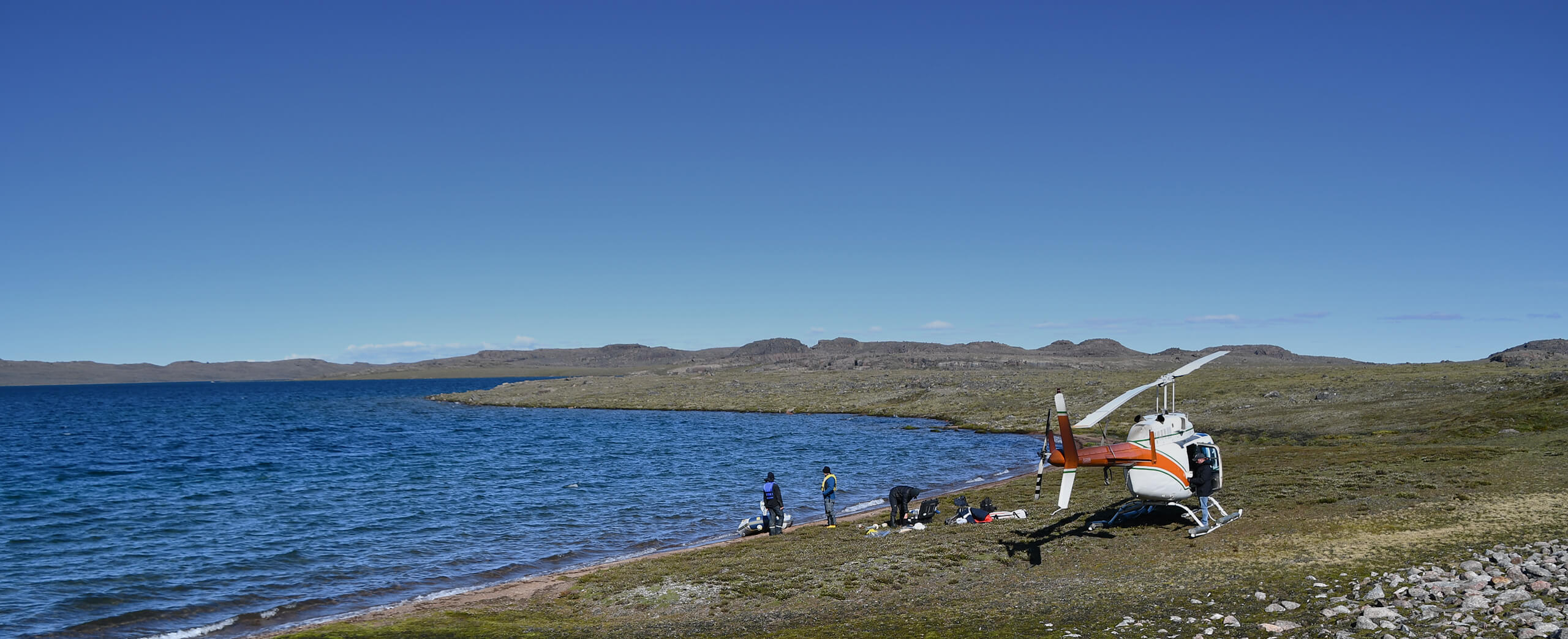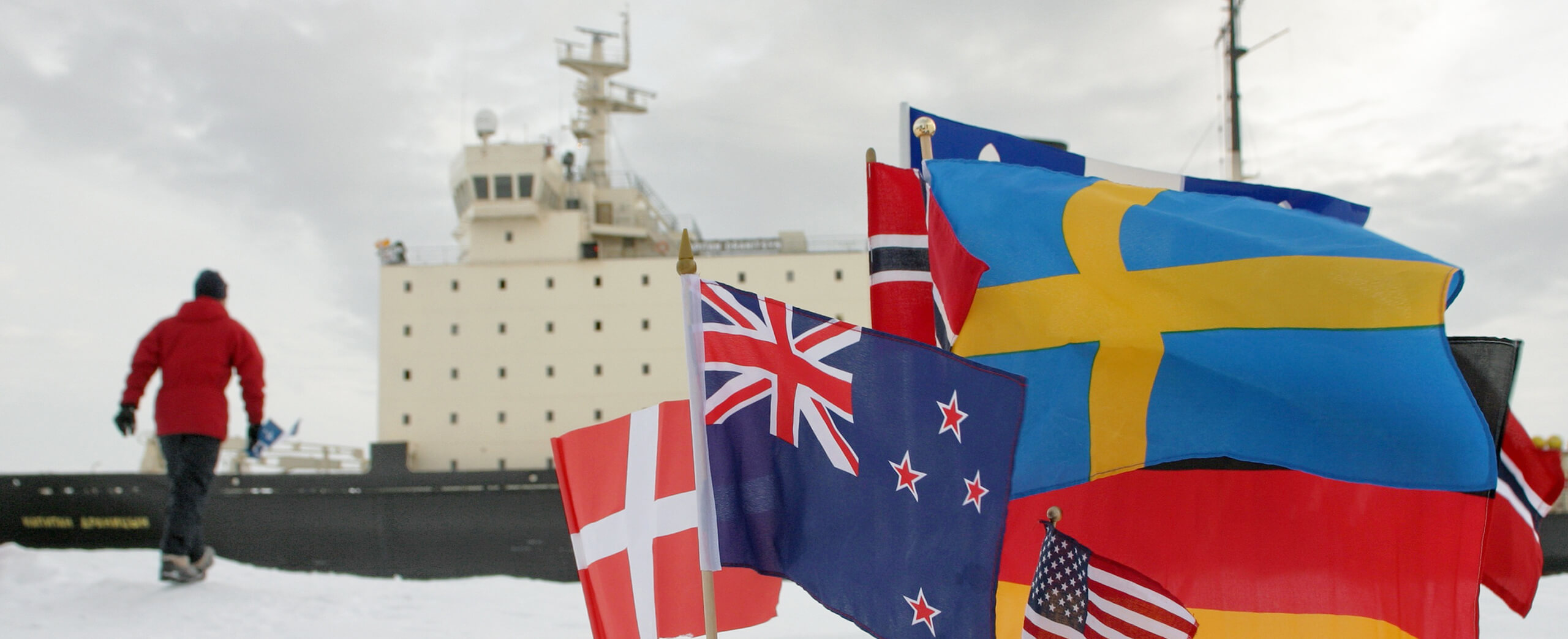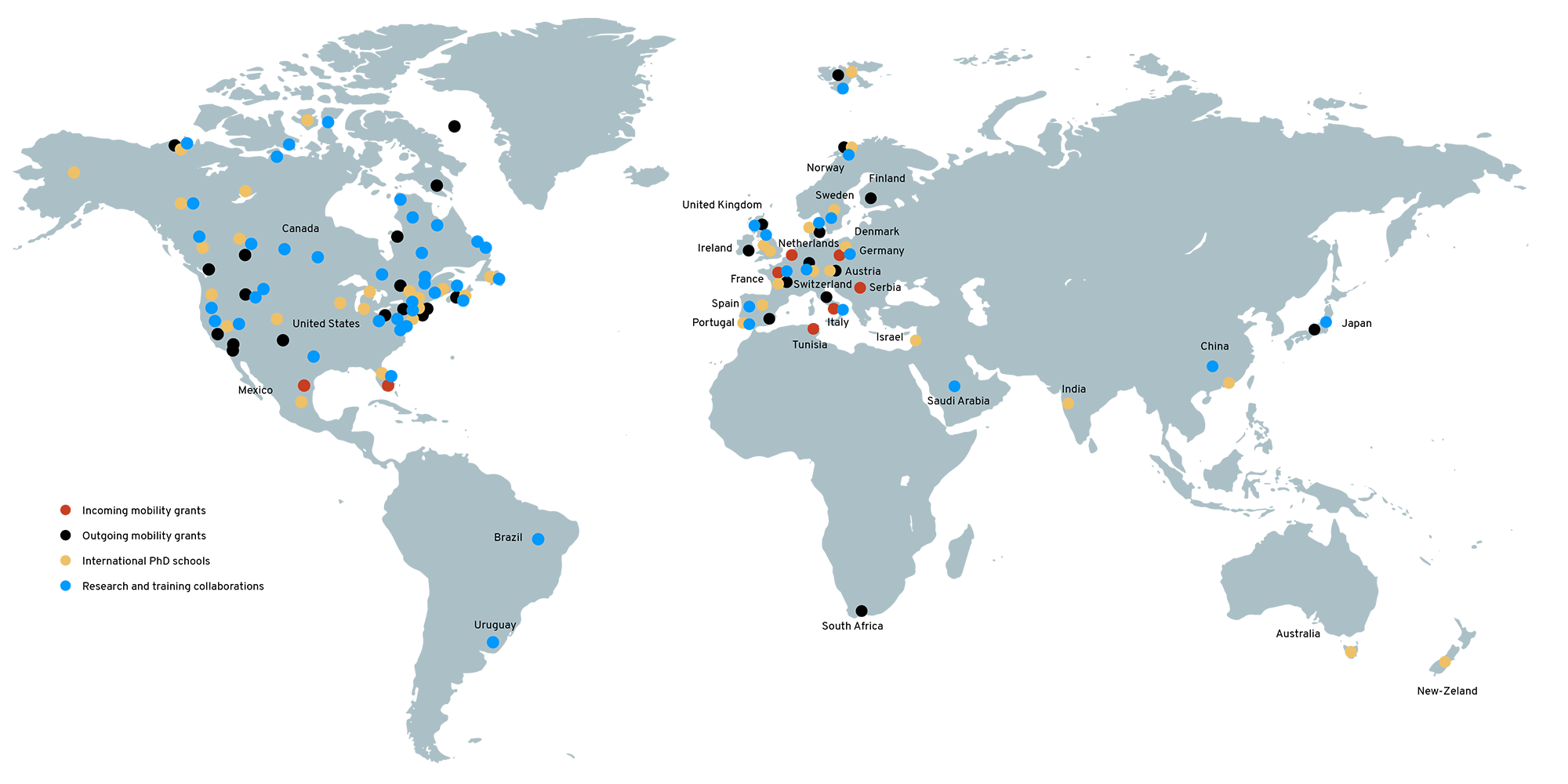Axis 1: Impact of environmental change on northern ecosystems and infrastructure
Climate change and anthropogenic activities are leading to a rapid and unprecedented transformation of the northern environment, with the deterioration of the cryosphere (sea-ice, glaciers, snow and permafrost), degradation of terrestrial and marine ecosystems, and loss of biodiversity, that are affecting the ecosystem services (food, freshwater, raw materials, medicines) and infrastructure (roads, airports, housing, drinking water) on which Arctic and sub-Arctic populations depend.
The main objective of this research axis is to better understand the impacts of environmental disturbances on the ecosystems and infrastructure of Arctic and sub-Arctic regions through the development and application of new tools, in particular from optics-photonics, and new transdisciplinary approaches.
Associated challenges:
- Understand the impacts of climatic and anthropogenic disturbances on northern ecosystems and food webs, from microbiomes to large mammals, in relation to climatic, geosystemic (permafrost) and societal (industrialization and extraction) changes;
- Continuous, spot or remote monitoring (fibre optics, lidar, UAVs, AUVs, imaging, spectroscopy) of the state and properties of the cryosphere (permafrost, sea ice, glaciers, snow), terrestrial and marine ecosystems and geosystems, ecosystem services (food, drinking water, regulation of climate-active gases) and infrastructure (airports, buildings, roads, dams, pipelines) in the changing Arctic and sub-Arctic regions;
- Design northern infrastructures that are better adapted to environmental change and the needs of northern populations (e.g., airports, buildings, homes, roads, pipelines).

